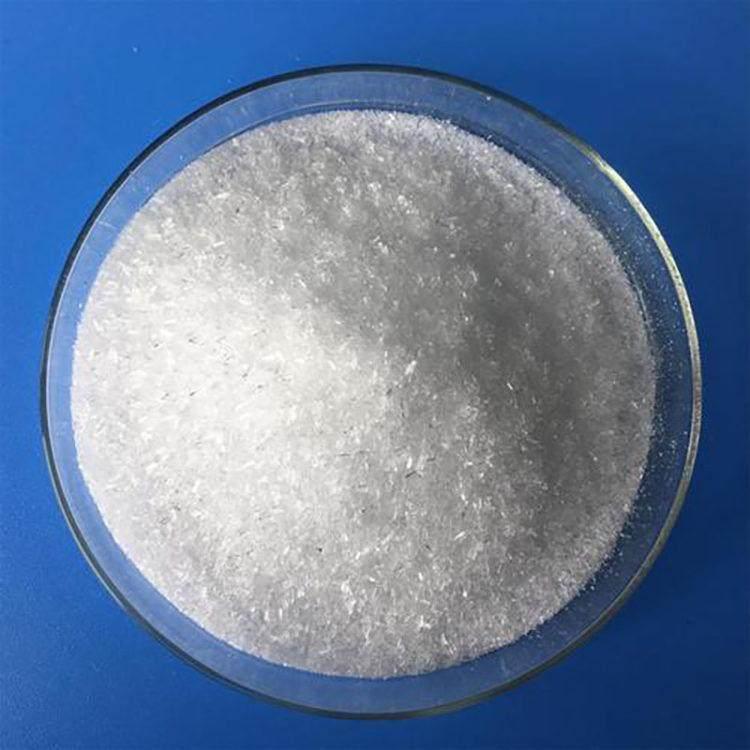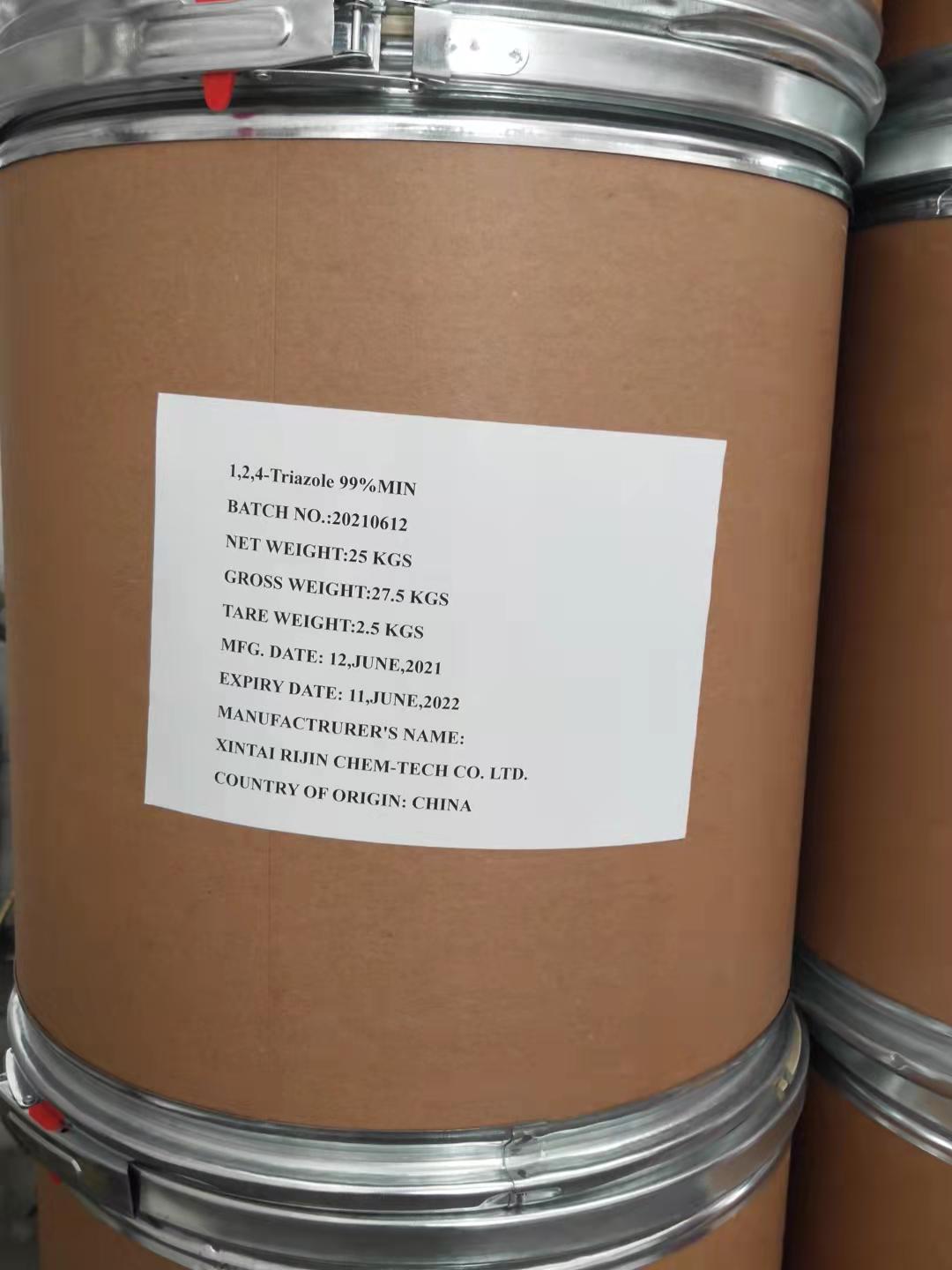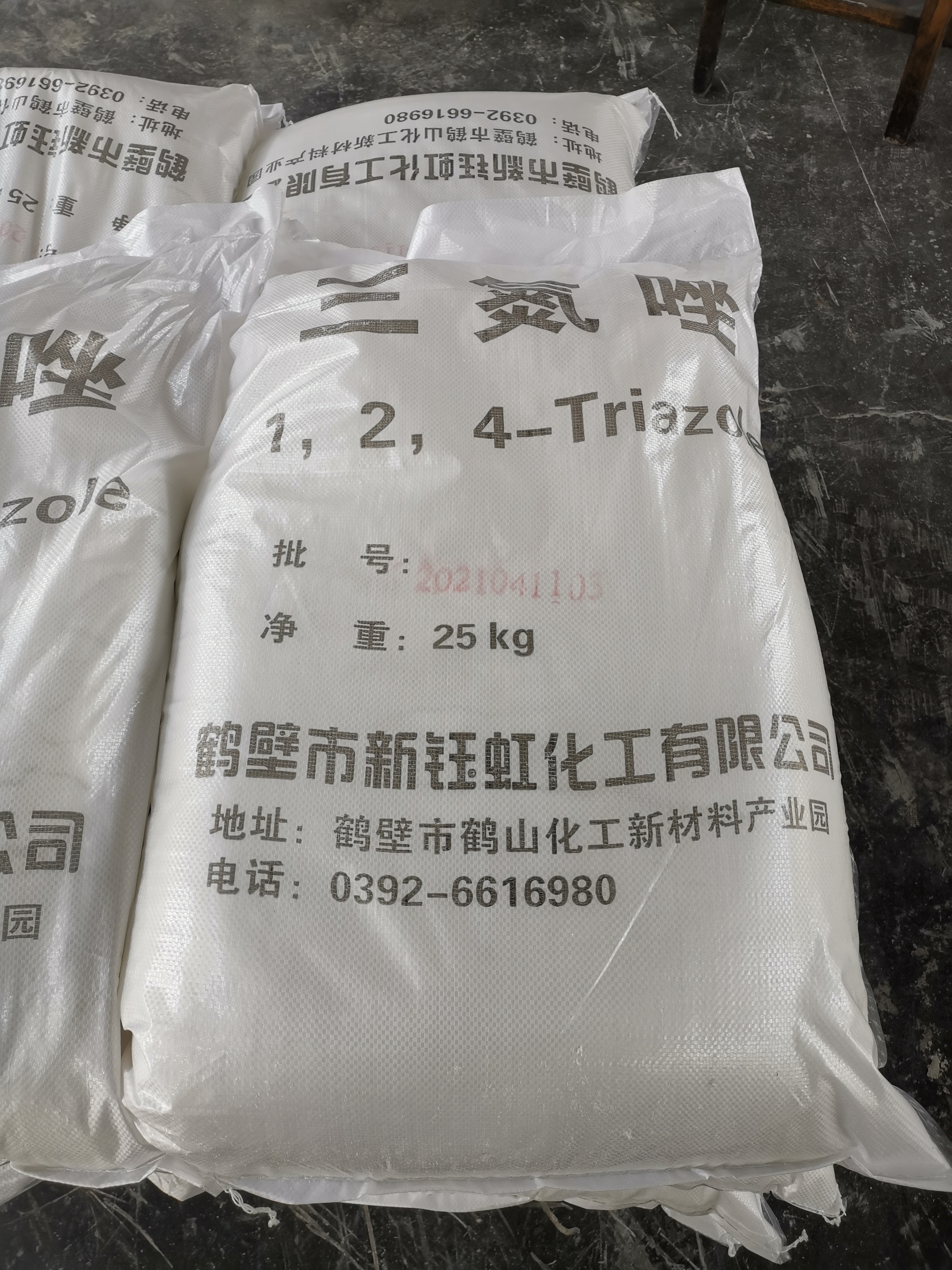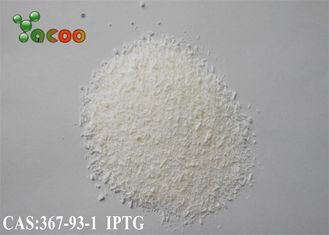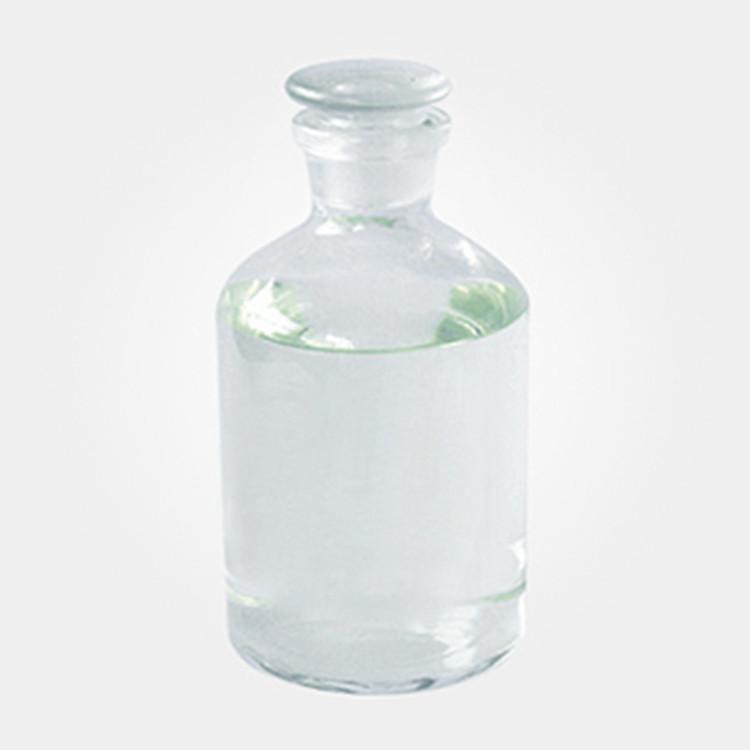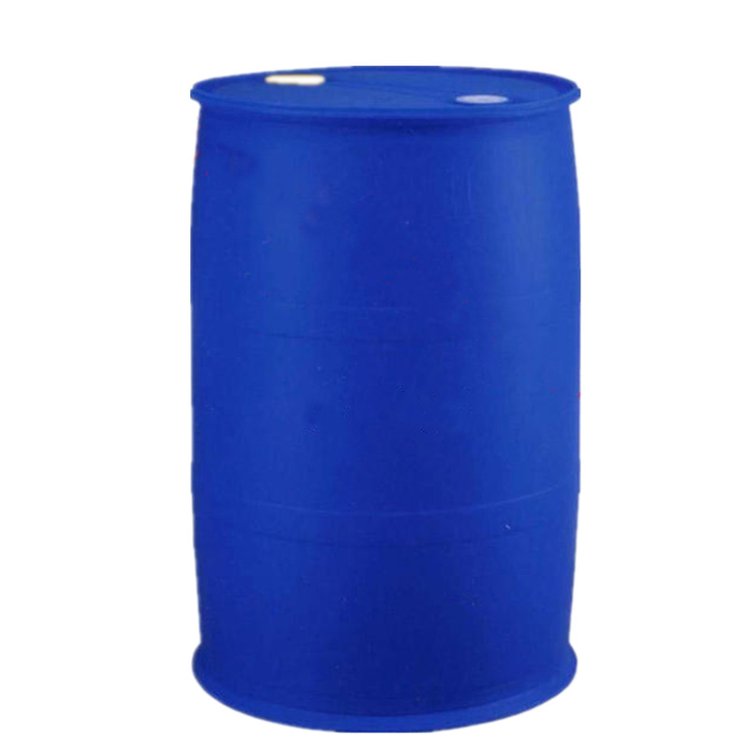Antioxidant
Other Auxiliary Agent
Petroleum Additives
Adsorbent
Water Treatment Chemicals
Rubber Additives
Adhesive Additives
Cross-Linking Agent
Flame Retardants
UV Absorbers
Organic Extractant
Resin Additives
Electronics Chemicals
Pesticide Additives
Building Chemicals
Plastic Additives
Oilfield Chemicals
Adhesive
Plastic Rubber Chemicals
Paper Additives
Molecular Sieve
Coating Additives
Textile Auxiliaries
Fluorescent Brightener
Polyethylene Glycol Derivatives
Coupling
Forest Chemicals
Leather Auxiliary Agents
Beneficiation Agents and Smelting Additives
Dye Auxiliaries
CAS:26016-98-8
Molecular Formula:C3H5CaO4P
Alias
More Information
Phosphomycin Calcium; 1,2-Epoxypropyl)-,Calciumsalt(1:1),(1R,2S)-(-)-Phosphonicaci; (3-Methyloxiranyl)-,Calciumsalt(1:1),(2R-Cis)-Phosphonicaci; Calciumfosfomycin; Calciumphosphomycin; Calciumphosphonomycin; Fosmicin; Phosphomycin Calcium Salt; Fosfomycin Calcium Monohydrate
Brief Introduction
Fosfomycin calcium is mainly used for colibacillosis, salmonellosis, Klebsiella disease, head swelling syndrome, Staphylococcus and Streptococcosis, omphalitis, osteomyelitis, encephalitis of poultry and pigs, as well as the infection caused by Pasteurella, Vibrio, Streptococcus and other gram-negative bacteria in fish and shrimp.
Suppliers
View More Vendors (3) >
CAS:288-88-0
Molecular Formula:C2H3N3
Alias
More Information
1,2,4-Triazole; Pyrrodiazol; Pyrrodiazole; 4-1H-Triazole; 1H-1,2,4-Triazol; 1,2,4-1H-Triazole; Sym-Triazole; 1 2 4-Triazol; S-Triazole; 1H-1,2,4-Triazole
Brief Introduction
1,2,4-triazole is an important intermediate for the synthesis of pesticide fungicides, plant growth regulators, Paclobutrazol, diniconazole, Triadimefon, Triadimefon and so on. It can also be used as intermediates of a variety of pesticides, medicines and dyes. With the expansion of its application scope, its demand is increasing. 1,2,4-triazoles, as a valuable five membered heterocyclic framework, are widely used in many functional molecules, such as organic catalysis, materials science and so on. In addition, 1,2,4-triazole skeleton also appears in many bioactive molecules, which has important applications in pharmaceutical industry and pesticide.
Suppliers
View More Vendors (3) >
CAS:367-93-1
Molecular Formula:C9H18O5S
Alias
More Information
IPTG; Isopropyl-Beta-D-Thiogalactoside; Isopropyl-beta-D-Thiogalactopyranoside; Isopropyl-β-D-Galactopyranoside; (2R,3R,4S,5R,6S)-2-(Hydroxymethyl)-6-(Isopropylthio)Tetrahydro-2H-Pyran-3,4,5-Triol; Isopropyl-B-D-Thiogalactopyranoside; Isopropyl-β-D-Thiogalactoside (IPTG); Isopropyl-β-D-Thiogalactoside; Isopropylthio-β-D-Galactoside (IPTG)
Brief Introduction
It is commonly used in molecular biological reagents, such as blue and white spot screening and IPTG induced protein expression in bacteria.
Suppliers
View More Vendors (3) >
CAS:456-55-3
Molecular Formula:C7H5F3O
Alias
More Information
1-(Trifluoromethoxy)Benzene; Phenyl Trifluoromethyl Ether; Benzene, (Trifluoromethoxy)-; Trifluorophenoxymethane; P-Trifluoromethoxybenzene; Trifluoromethyl Phenyl Ether; (Trifluoromethoxy)Benzene
Brief Introduction
It is used for the synthesis of fluorine-containing pesticides and pharmaceutical intermediates.
Suppliers
View More Vendors (3) >
CAS:479633-63-1
Molecular Formula:C13H10ClN3O2S
Alias
More Information
4-Chloro-7-(4-Methylphenyl)Sulfonylpyrrolo[2,3-D]Pyrimidine; 4-Chloro-7-(P-Toluenesulfonyl)-7H-Pyrrolo[2,3-D]Pyrimidine
Brief Introduction
4-chloro-7-toluenesulfonyl-7h-pyrrole [2,3-d] pyrimidine is used as impurity reference in biochemical research, and also as drug declaration and detection.
Suppliers
View More Vendors (3) >
Inquiry (
10
/ 10
)
Clear All
Sign In
Error!


